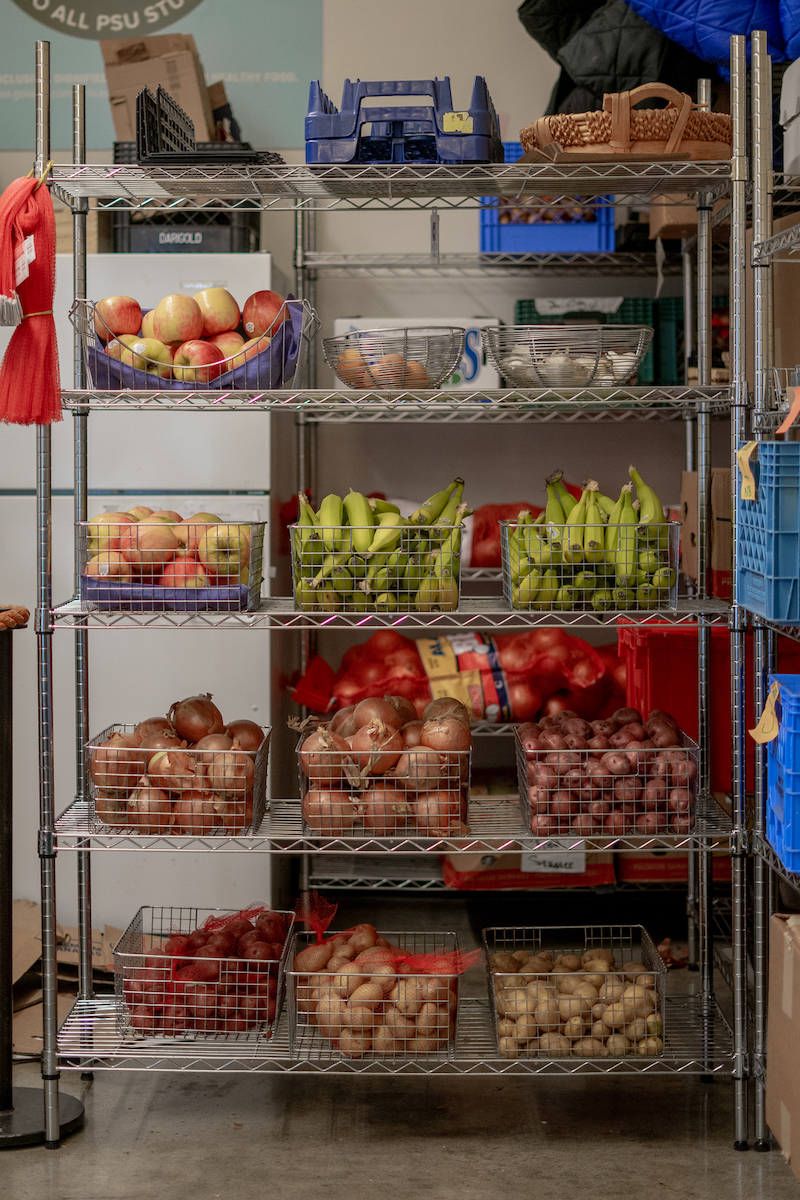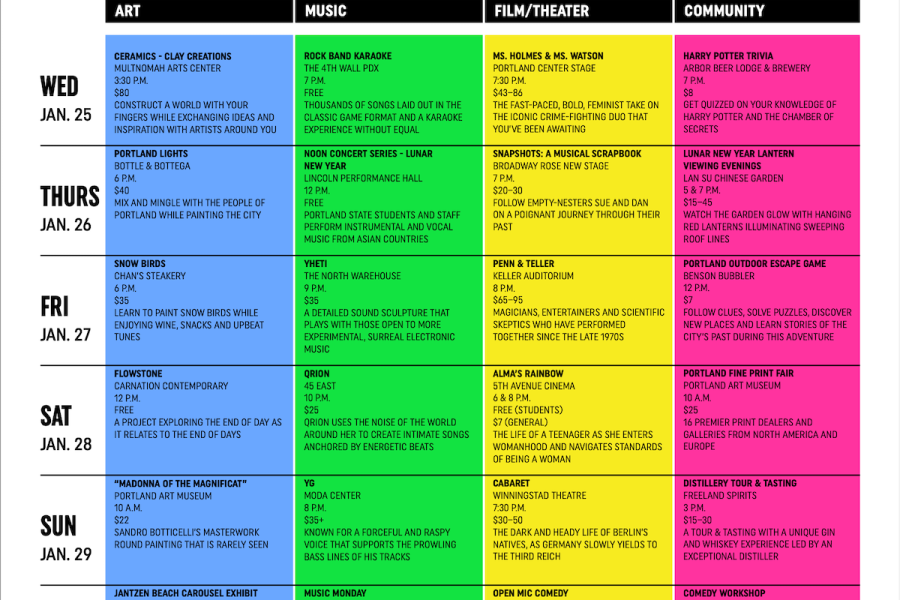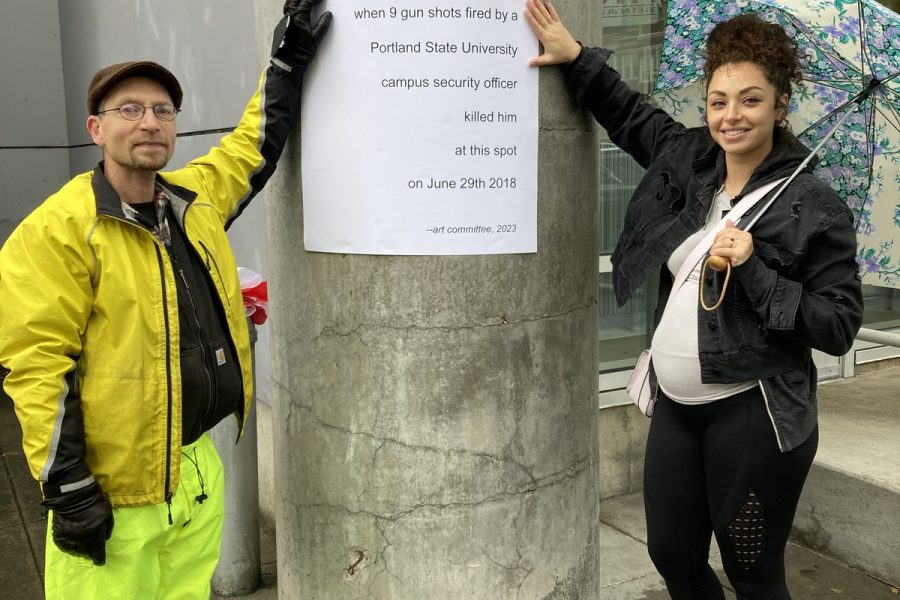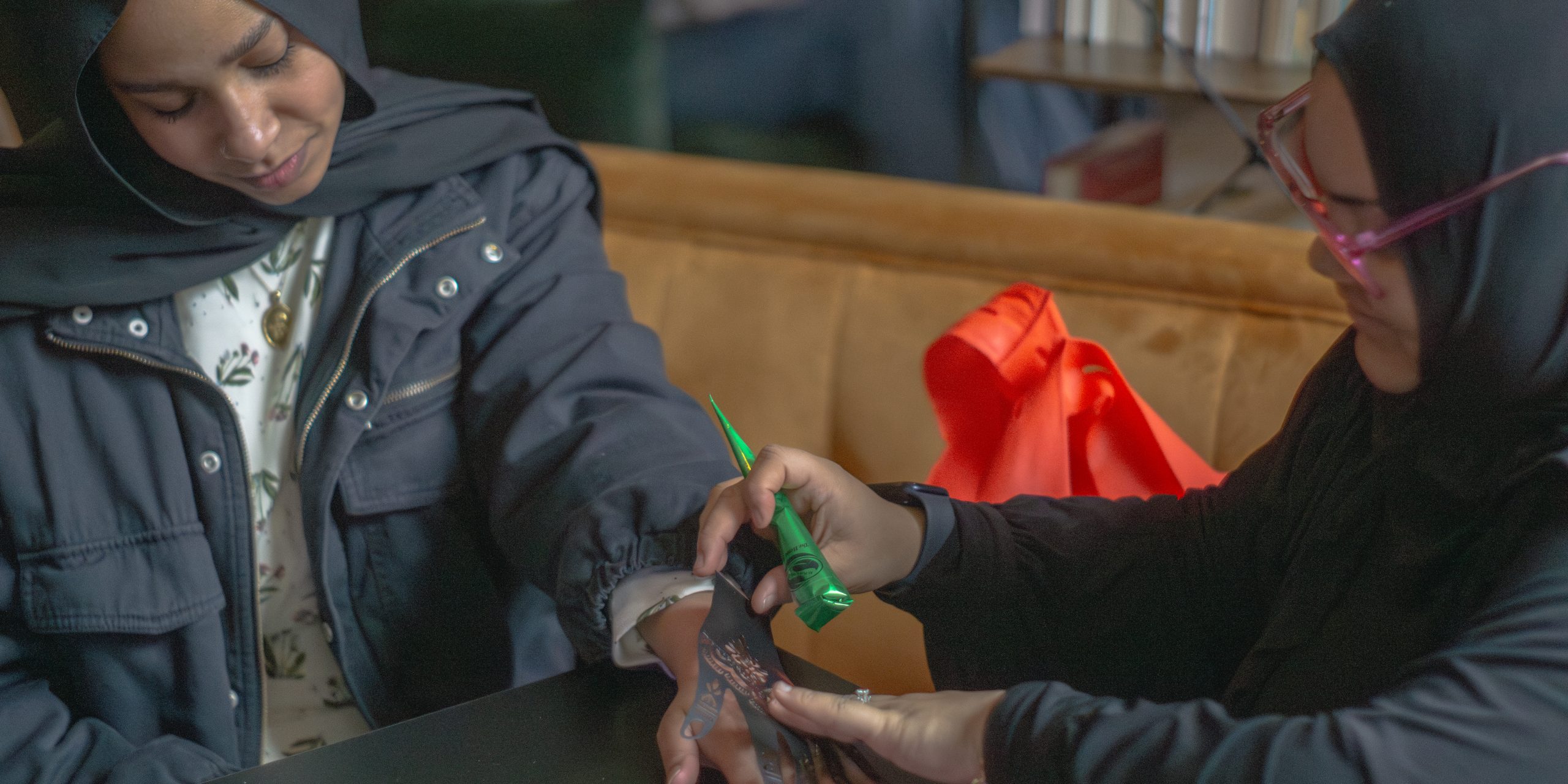“If nearly half of the students at PSU experience food insecurity in a given month, why isn’t this treated as an emergency?” asks the Portland State Food Pantry website.
Every day, thousands of students and employees at PSU experience difficulty eating enough food—yet it appears the university is not facing this problem with the urgency it requires. With just a few simple steps—a coordinated marketing campaign, an education effort and higher responsiveness to organizational requests—the university could be doing much more to alleviate food insecurity among students and employees alike.
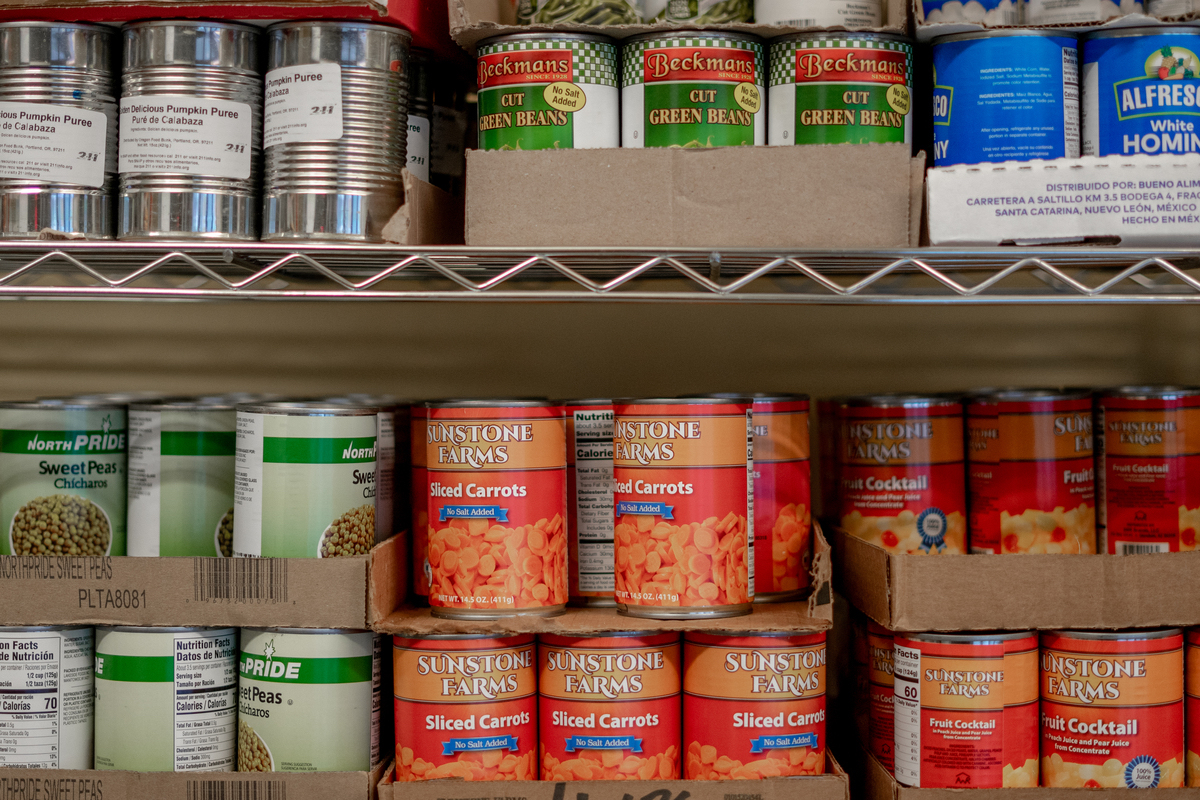
A Sept. 2020 report on “Housing and Food Insecurity at Portland State University,” issued by the PSU Homelessness Research & Action Collaborative (HRAC), examined the results of a fall 2019 survey of 3,511 PSU students and 1,017 employees regarding basic needs insecurity. Their conclusions are disturbing, though unfortunately not surprising. Specifically concerning food insecurity, the researchers found that 47% of students and 16.5% of employees experienced food insecurity in the 30 days before the survey.
It’s worse when one looks at the specific response questions:
54.6% of surveyees agreed with the statement, “I couldn’t afford to buy balanced meals.”
41.8% said, “I cut the size of meals or skipped meals because there wasn’t enough money for food.”
36.4% said, “The food that I bought just didn’t last and I didn’t have enough money to get more.”
6.7% said, “I did not eat for a whole day because there wasn’t enough money for food (3 or more times in the last 30 days).”
The researchers received responses from 3,374 students out of the total sample size for these questions—this means at least 226 students agreed with the final statement. How is this possible at a university with a $98 million endowment? How is it possible that 16.5% of PSU employees face food insecurity at the third-largest university in the state? How is it possible that one quarter of students with a PSU meal plan—something that freshmen are required to purchase as part of the First Year Experience program—report “it was not sufficient to meet their food needs”?
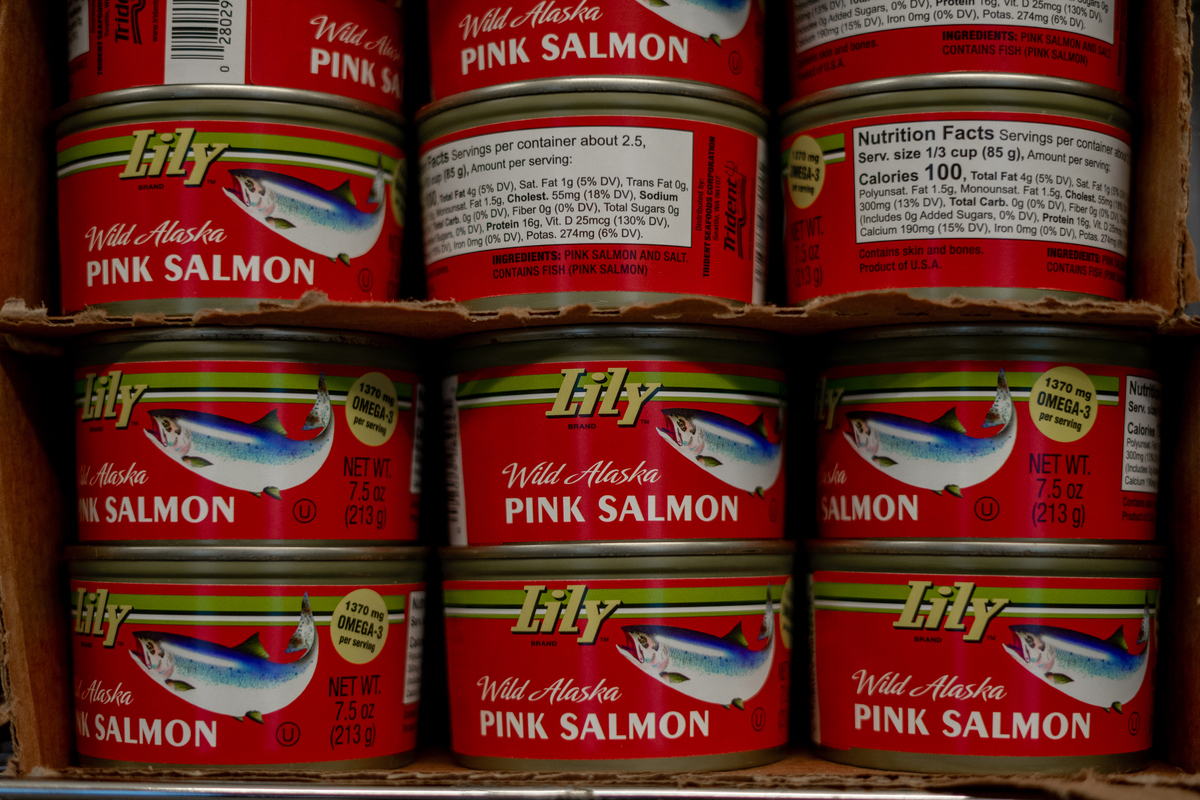
Even more baffling are the HRAC’s findings on student awareness about basic needs services—or rather, the lack thereof. 23.8% of students had used the PSU Food Pantry in the past, while 18.9% did not know that the food pantry existed—17% of students had attended the PSU Free Food Market, while 23.7% of students didn’t know there was a free food market at PSU.
The food pantry is essential to fighting food insecurity at PSU. According to their “Fast Facts” sheet for 2020–2021, the pantry served 4,505 students during COVID-19 campus closures, handed out nearly 75,000 pounds of food and saw 1,400 visits to the pantry in the first week of fall 2021.
However, even as the pantry continues to expand, they face a number of challenges—namely space, visibility and stigma.
PSU Food Pantry General Manager Trenna Wilson told Portland State Vanguard in August, “The largest difficulty is definitely space, since we have this perfect scenario where we have plenty of students who need our services and plenty of resources wanting to help. We could meet so much more of the need if we had a larger space.”
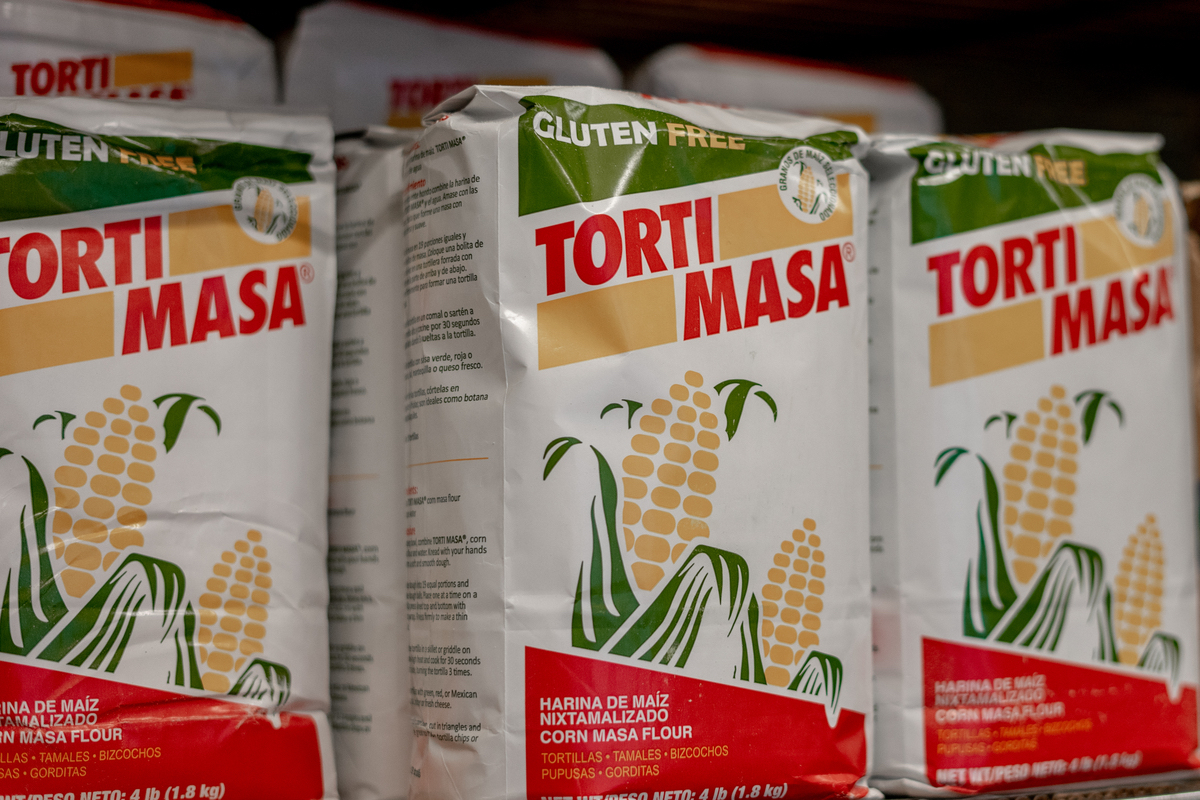
While negotiations are ongoing to permanently move the pantry to a larger and more accessible location, the pantry has requested to immediately trade places with the Zero 26 student lounge in the Smith Memorial Student Union basement. The Space Allocation Committee should act on this request as soon as possible—the need for greater access to food exists right now, and the faster such a change can happen, the better for everyone.
A lack of visibility is another factor that hinders students. “We are aware that the need on campus is very significant and we are serving about 5% of the study body, so obviously there is a massive opportunity to grow further,” Wilson said. It is simply unacceptable that nearly 20% of students don’t even know the food pantry exists—the university has the resources, the reach and the responsibility to inform every student about services available to them. That they have apparently not done so is bewildering.
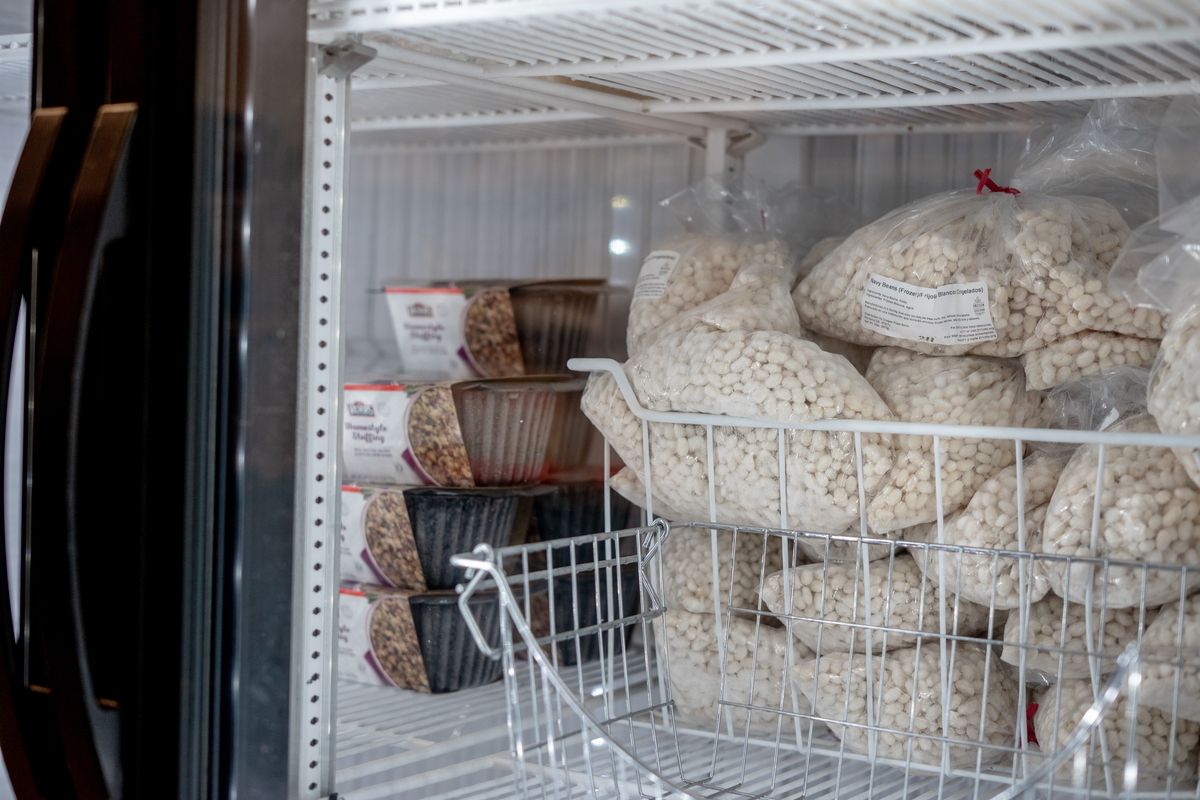
According to OPB, the PSU Basic Needs Hub and new Basic Needs Navigator Lee Phillips will act in the future to direct students to relevant resources, including the pantry and the Free Food Market. Still, the perception that using the pantry will be difficult, will require personal paperwork or will otherwise be an embarrassing experience persists. “All [students] need is [a] PSU ID,” the pantry states on their website. “During summer term, we serve students who are enrolled in either summer or fall terms.” The university can—and should—boost that message to as many students as possible.
Food insecurity, like all basic needs insecurity, continues to exist at a startling and inexcusable rate at PSU. It’s hard not to feel a bit nauseous comparing the size of, say, the Smith underground bowling alley to the size of the food pantry’s current location. A university that can build the Karl Miller Center—with its five-story all-glass atrium, “craft brews, doughnuts and artisan sandwiches,” and rooftop garden/study area—can afford to put a lot more effort into promoting food security.

